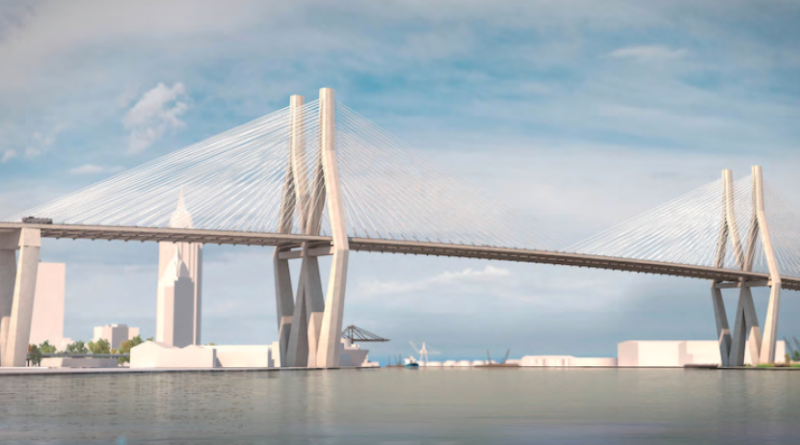$3.2 billion in grants approved to enhance national infrastructure
The US Department of Transportation has approved more than $3.2 billion in funding for 180 transportation infrastructure projects across the country. The decision, announced by Transportation Secretary Sean P. Duffy, marks a significant effort to address a backlog of more than 3,200 grant applications that remained unresolved under the previous administration. The funding is being deployed through multiple federal programs and is expected to benefit a range of infrastructure priorities, including aviation, transit, highways, and low-emission technology.
Breakdown of approved grants highlights Alabama megaproject
The largest grant in this funding round is the $550 million allocation for Alabama’s I-10 Mobile River Bridge and Bayway project. As one of the state’s most persistent transportation bottlenecks, the I-10 corridor has been the subject of bipartisan appeals for federal support. The project aims to reduce traffic congestion, improve hurricane evacuation routes, and enhance freight flow along one of the Gulf Coast’s most vital transportation corridors.
In addition to the Alabama project, the 180 grants span several major programs, including:
- The Federal Highway Administration’s Bridge Investment Program
- The Federal Aviation Administration’s Airport Improvement Program
- The Federal Transit Administration’s Low or No Emission Grants
These grants will fund work ranging from the replacement of structurally deficient bridges to the installation of electric bus charging stations. With this latest round of approvals, the department is demonstrating its intent to not only build new systems but also promote sustainability, emissions reduction, and long-term efficiency.
Addressing the backlog and reversing delays
A key objective of this funding is to catch up on a growing backlog of applications that had stalled progress for several years. According to Secretary Duffy, more than 3,200 applications were left in administrative limbo. Many of them met eligibility criteria but were delayed by what the department described as excessive procedural friction.
To accelerate progress, the department reviewed its internal processes and restructured how applications are evaluated. This included giving more authority to individual modal administrations and eliminating duplicative documentation steps. The result was a large batch of approvals for projects that had already met program standards but had been awaiting final clearance.
Policy changes and implications for future projects
The department has also made adjustments to streamline the overall process. Several requirements introduced by prior administrations have now been moved to later stages or removed when not legally required.
Some observers have expressed concern that these changes could affect long-term environmental planning. However, department officials emphasized that the intention is to focus on efficiency at the application stage, without compromising the strategic goals of climate resilience and community equity.
These procedural changes are already attracting interest from local governments that had previously been discouraged by lengthy wait times. Faster approvals could lead to more competitive applications from rural and mid-sized communities that often lack the capacity to wait years for a decision.
Renewed momentum for infrastructure modernization
With this new wave of funding, the department is signaling a broader transformation in how federal infrastructure policy is executed. The grants are part of the Infrastructure Investment and Jobs Act, which provides more than $1.2 trillion in long-term support for US public works and transportation upgrades through 2026.
Officials expect to continue this accelerated review process while introducing more data-driven tools to prioritize high-impact projects. Areas such as emission reduction, freight corridor improvements, and rural connectivity are expected to remain top priorities.
Secretary Duffy’s initiative has created a renewed sense of momentum. While the $3.2 billion in new grants addresses only part of the inherited backlog, it resets expectations for how quickly federal resources can be delivered to support US infrastructure needs in the years ahead.
Sources:
U.S. Department of Transportation Press Release
Image source:
Alabama Daily News
